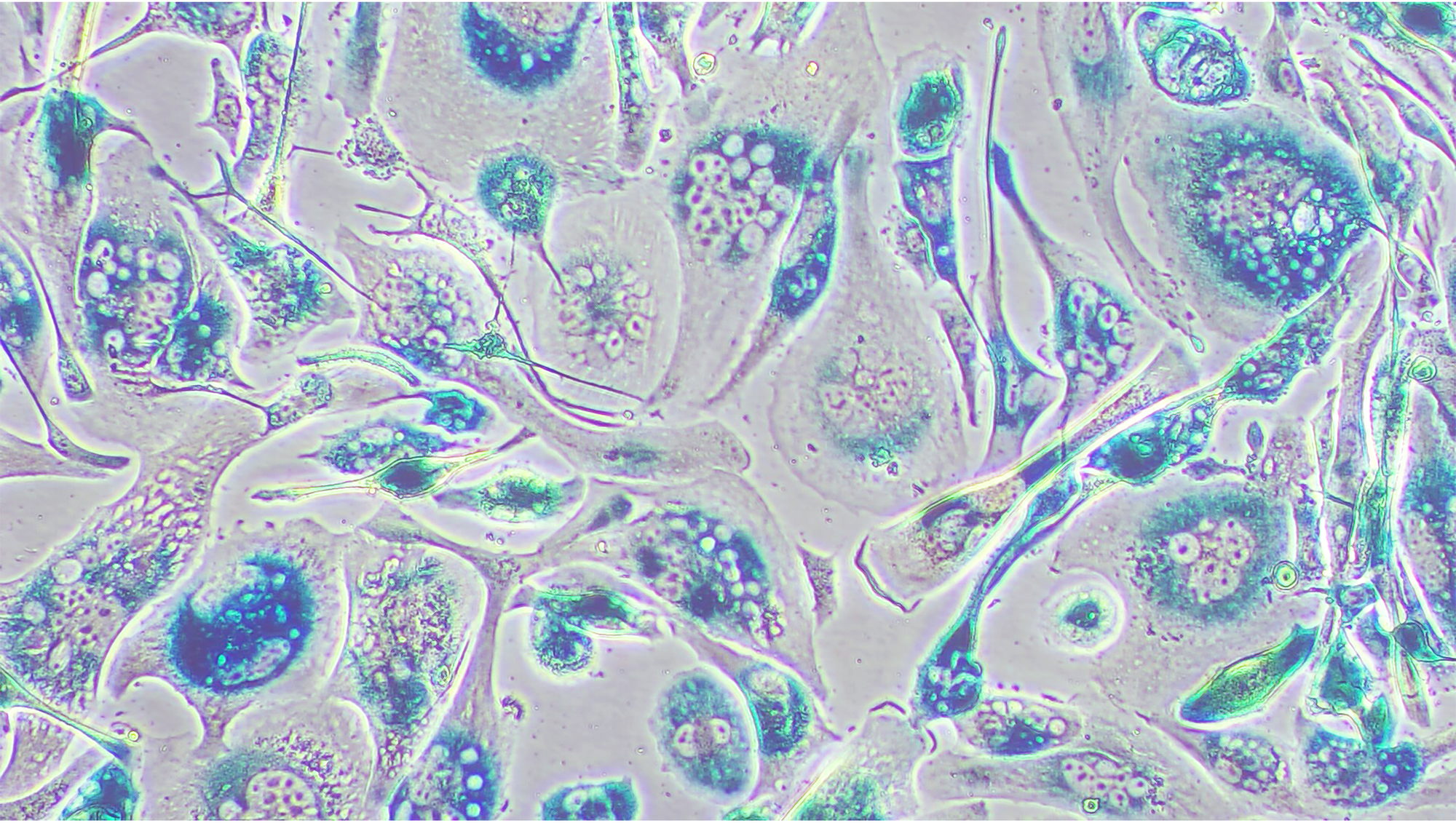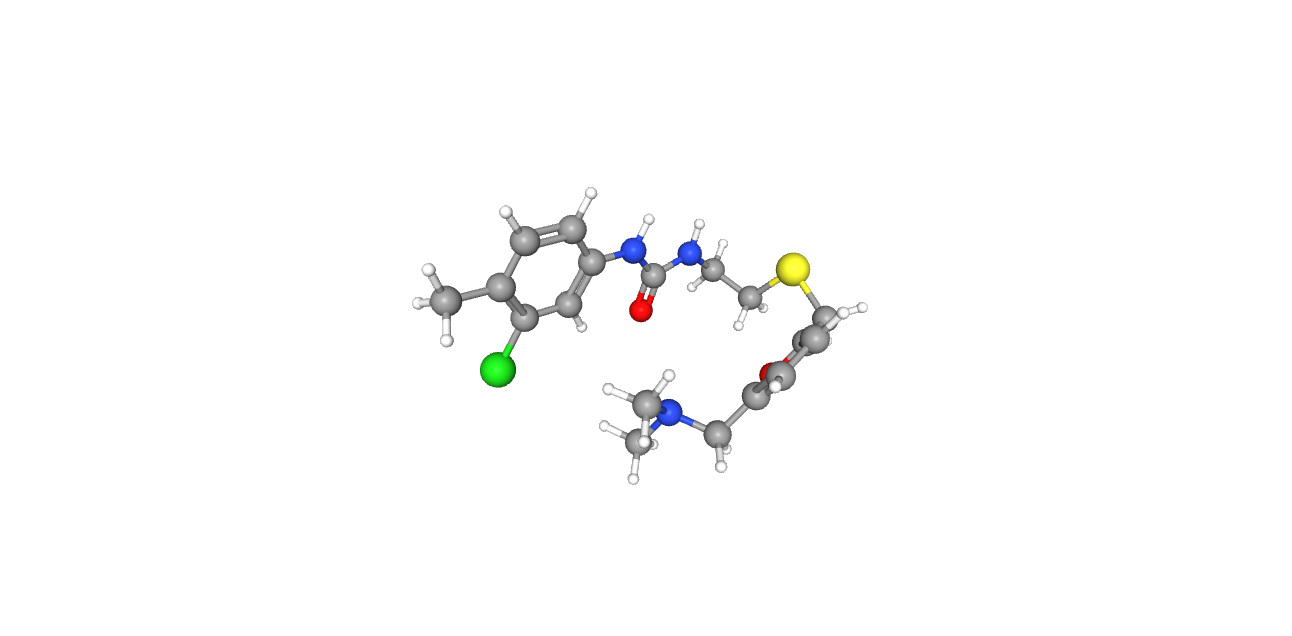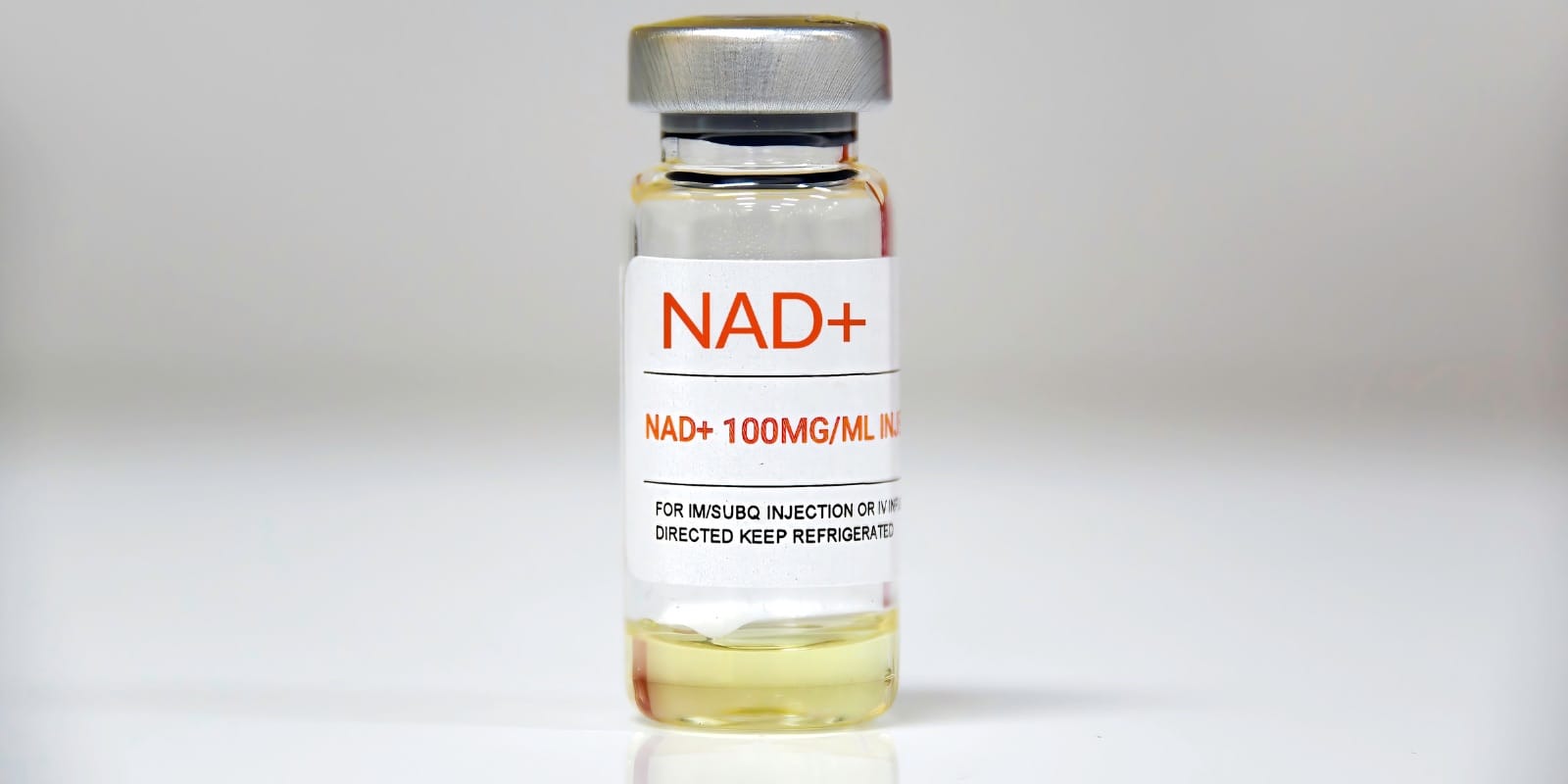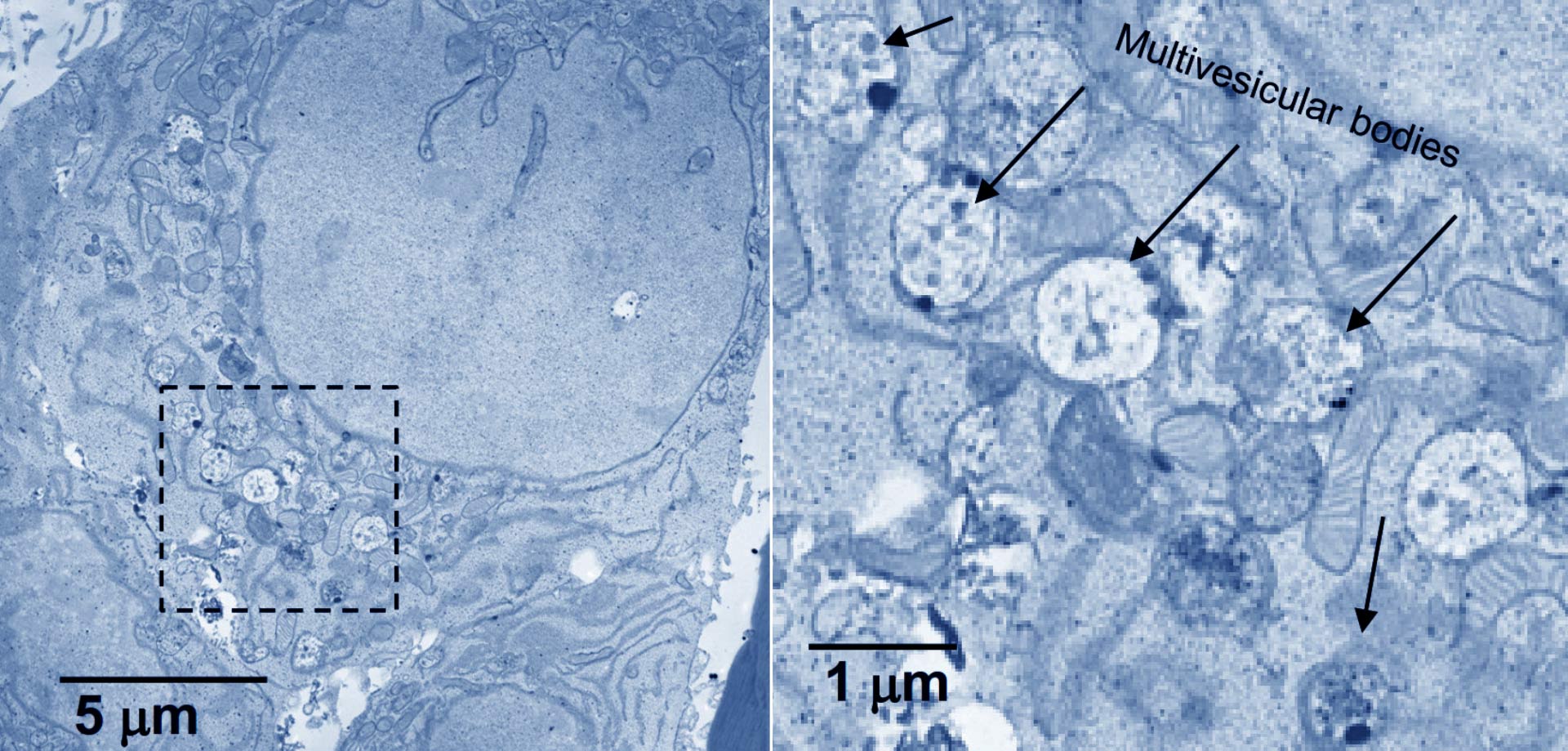A Scuffed Guide to Immortality (Well… Almost)

Introduction - how to grant eternal youth
Would you want eternal life?
Strange way to start an article, I’m aware, but now that I’ve got your attention, let’s take a look at how humanity has aged in the last thousand years or so. Our life-spans have been on the steady increase since the dawn of modern medicine. What was once a gamble against disease, famine, and injury has gradually stretched into decades of relative security and comfort. We live longer, and often healthier, than our ancestors could ever imagine.
However, an unfortunate consequence of that long life is that we spend a longer portion of that life being sick. Indeed, certain neurodegenerative diseases, such as Alzheimer’s, Parkinson’s, and age-related tauopathies (disease caused by the abnormal buildup of the tau protein) rarely, if ever, strike the young; they emerge because neurones, unlike other cells, cannot easily regenerate. So perhaps, the question I should be asking is: “Would you want eternal life AND eternal youth?” Think carefully. Eos and Tithonus have already demonstrated what having only one resulted in.
Unfortunately, we do not have access to gods like Zeus who can grant eternal youth on a whim. Instead, we have to target specific cells and substances to combat our ageing. If we’re successful, we could theoretically eliminate the process of ageing altogether. So, let’s begin.
Cells that refuse to die - senescent cells
The first to enter the stage is senescent cells. Our bodies are littered with them. As our cells divide, our chromosomes — i.e. our allele containing structures — lose tiny bits of telomere at ends. In some cells, after the telomeres have disappeared after a number of divisions, they become senescent: zombie cells. As these “zombies” build up in the body, they secrete harmful substances known as senescence-associated secretory phenotypes, which is essentially a soup of cytokines, growth factors, and proteases. SASP is responsible for chronic inflammation, damaging surrounding cells, and accelerating age-related diseases, such as arthritis and cancer.

When we’re young, senescence prevents damaged cells from dividing and helps with wound healing. But as the years pass, the accumulation of these senescent cells becomes toxic, creating a bottleneck to immortality. So, to combat this, we can use drugs called senolytics, which, as their name implies, are drugs that eliminate senescent cells. In mouse studies, removing these cells rejuvenated tissues, improved physical function, and extended lifespan. Because of their success, compounds like dasatinib and quercetin are already being tested in humans to kill these cells.
Alternatively, we induce programmed cell death artificially in these zombie cells. Senescent cells underproduce a protein that orders it to commit apoptosis, or programmed suicide. For apoptosis to occur, procaspase-3 has to be activated to form capase-3, which initiates cell death. An artificial molecule called PAC-1 successfully activated procaspase-3 in senescent cells, killing them with no damage to healthy cells.

NAD+. Wait, what?
If I’m completely honest, NAD+ was also not on my immortality bingo list. While NAD is part of the many process of respiration (glycolysis, the link reaction, and the Krebs cycle, to name a few), NAD+ (the charge is VERY important) acts as a coenzyme that tells our cells to look after themselves. Unfortunately, NAD+ levels decline with age, starving cells of energy and impairing repair processes, including repair processes for DNA. This decrease in NAD+ has been associated with skin cancer, cardiovascular disease, and even multiple sclerosis, an autoimmune condition that renders nerve signalling moot. So, an easy fix would be to consume more NAD+, to achieve immortality, right?

Well…no, not really.
NAD+ is a relatively large and charged molecule, meaning that it cannot enter the phospholipid bilayer of the cell membrane. Moreover, cells don’t normally import NAD+ from the outside; they make them inside of cells. So, as a workaround, scientists have used precursors (e.g. Nicotinamide riboside, NR), which are smaller, absorbable molecules that cells can take in to make into NAD+. This process is usually done via the salvage pathway. For our purposes (achieving immortality), restoring NAD+ is a promising path. Research shows that boosting NAD+ improves mitochondrial function, enhances DNA repair, and even rejuvenates stem cells. Mice that were given nicotinamide riboside or nicotinamide mononucleotide (which is another precursor) have demonstrated improved cognition and even physical abilities.
The link between NAD+ and ageing is also important in sirtuins, which are a family of proteins tasked with regulating stress resistance and metabolism. Sirtuins were originally discovered as transcription repressors in yeast, and require NAD+ to function. By restoring NAD+, sirtuin activity can be reawakened, protecting against neurodegeneration and metabolic disease. Unfortunately (I’ve been using this word a lot lately, it seems), NAD+ boosters may not equally benefit all tissues, and long-term safety is still under study.
Stem cells. Finally, familiar ground!
To reward your slogging through two unfamiliar concepts (I hope!), dear reader, you are rewarded with something a little more familiar: stem cells. Stem cells are rare, versatile cells that can divide indefinitely and give rise to specialised cell types, replenishing tissues and repairing damage. When we’re young, stem cells maintain vitality. As ageing occurs, however, stem cells decline in both number and function, leading to weaker regeneration and tissue failure.
So, to make ourselves functionally immortal, we would have to reverse this decline. One path is stem cell transplantation — literally injecting healthy stem cells into aging tissues to rejuvenate them. In mice studies, the usage of hypothalamic progenitor cells increased the amount of exosomal miRNAs present in the brain, the term “exosomal miRNA” being fancy way of saying “RNA that regulate gene expression packaged into special vesicles”.

These exosomal miRNAs circulate in the brain’s fluid environment, where they act as molecular signals that help maintain metabolic and cellular processes across multiple brain regions. However, with ageing, the number of hypothalamic progenitor cells declines, and so does their production of exosomal miRNAs. Remarkably, experiments have shown that when ageing mice are treated with exosomes secreted by healthy hypothalamic stem cells, the decline slows. The brains and muscles of treated mice worked better than those of untreated mice; treated mice also saw a ten percent increase in life-span.
Another approach is induced pluripotent stem cells (iPSCs), where adult cells are reprogrammed back into a stem-like state, then used to rebuild damaged tissues. Stem cells can also be used for organ regeneration. Imagine replacing a failing heart or liver not with a transplant from a donor, but with lab-grown tissue derived from your own cells, completely eliminating rejection risk. So far, stem cells offer the clearest vision of biological immortality.
Some finishing thoughts
Overall, disappointingly, we can conclude that, true immortality may remain beyond our reach. However, the science of ageing shows us three powerful facets on which we can build. Clearing or reprogramming senescent cells prevents inflammation and tissue decline; maintaining NAD+ levels repair cellular mechanisms deep into old age. And rejuvenating or replacing stem cells could ensure that the body retains its capacity for renewal.
Perhaps, then, our focus should be the definition of immortality. Throughout human history, immortality has existed as a single, defining dream: eternal life. However, in the world of science, immortality may not be about stopping time, but instead the continuous restoration of balance, the extension in longevity, and the necessity of health.
